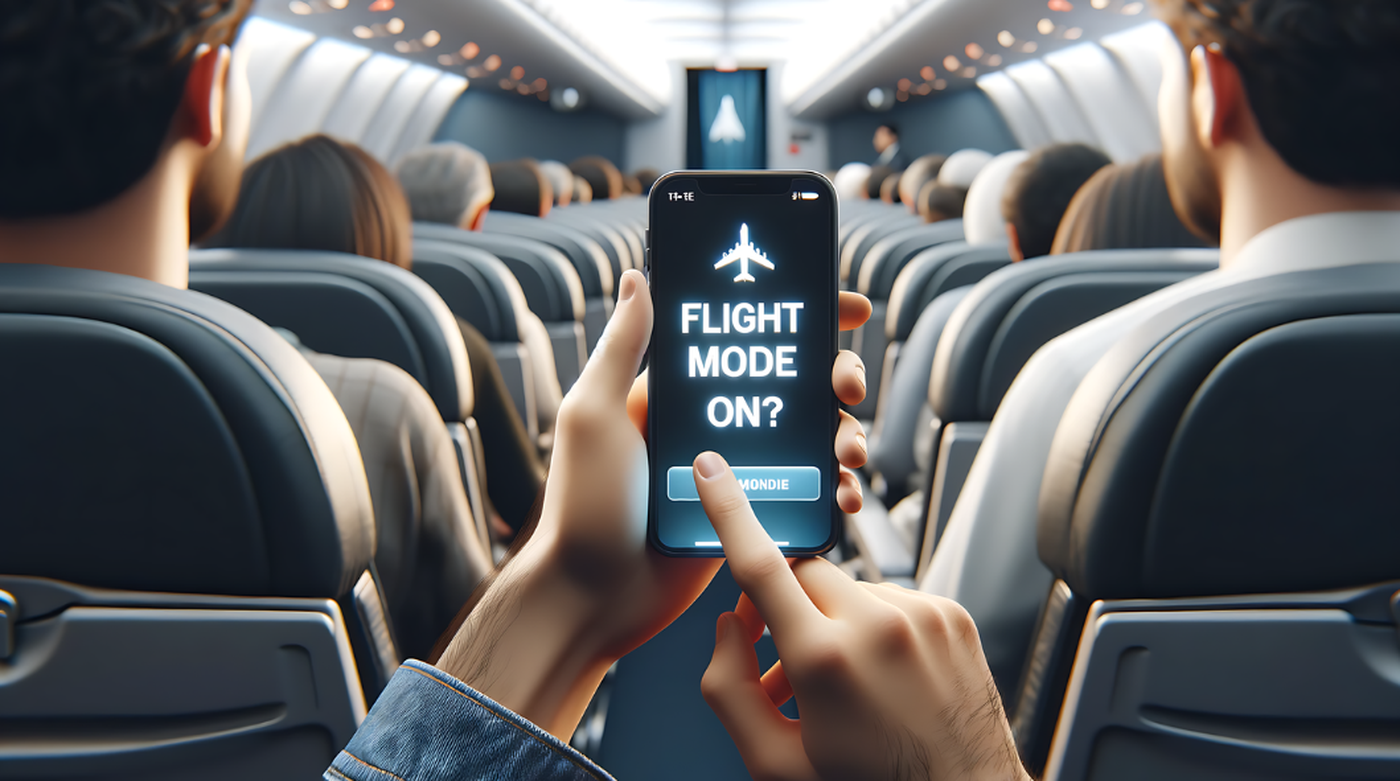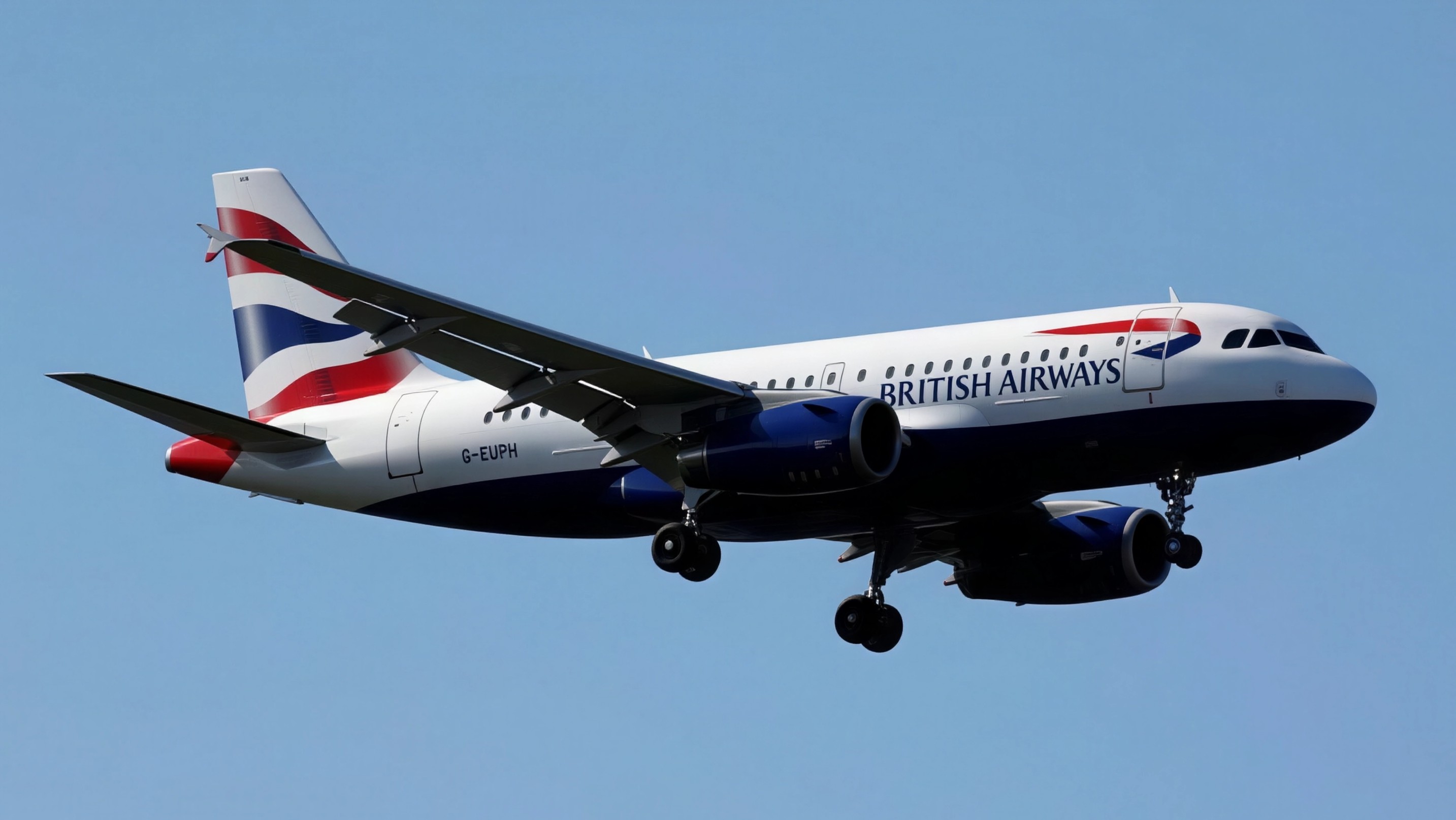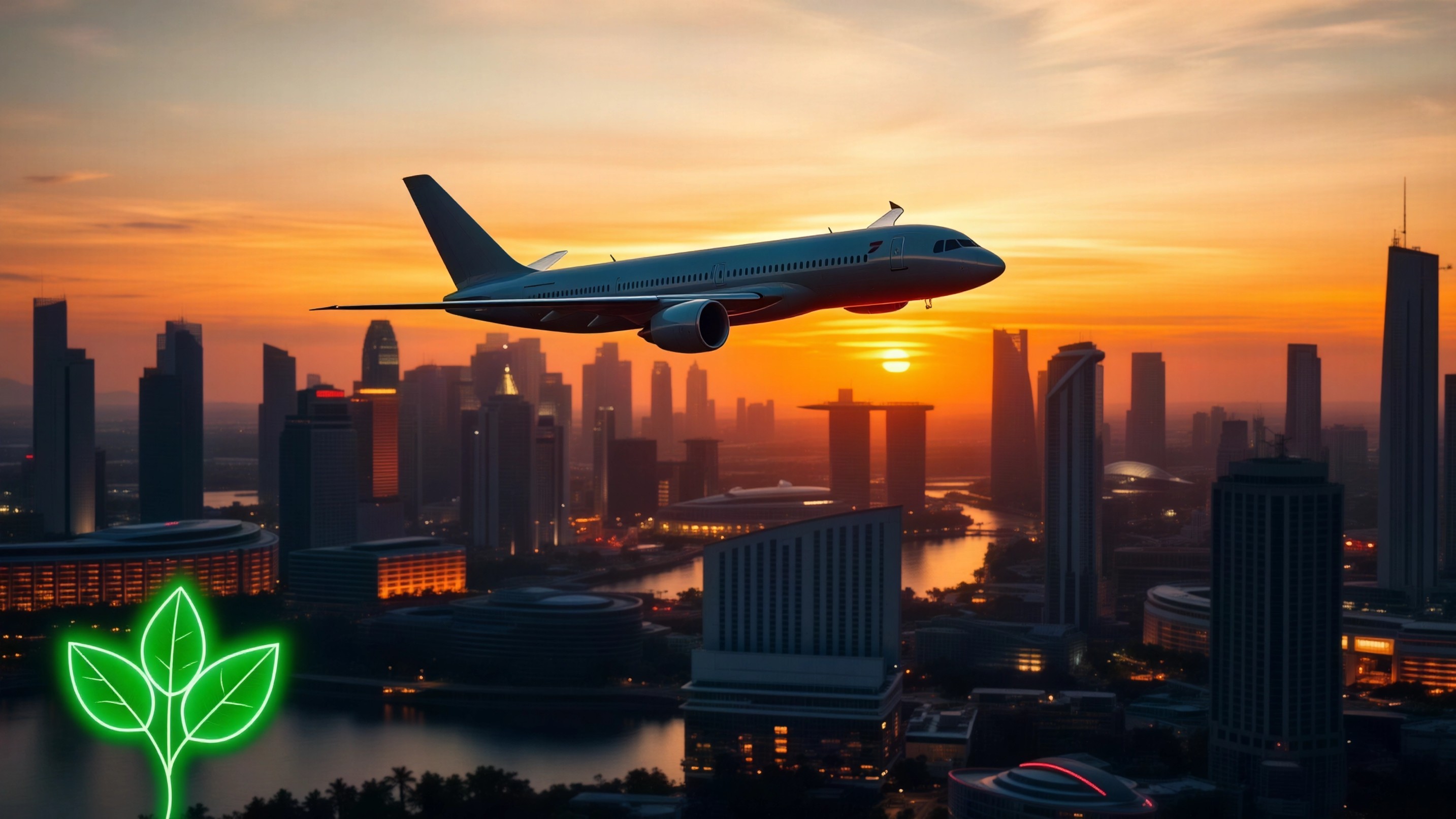When you fly, airlines ask you to switch your phone to flight mode. This disables your phone's signal transmissions, such as calls and Wi-Fi, to avoid interference with the aeroplane's systems.
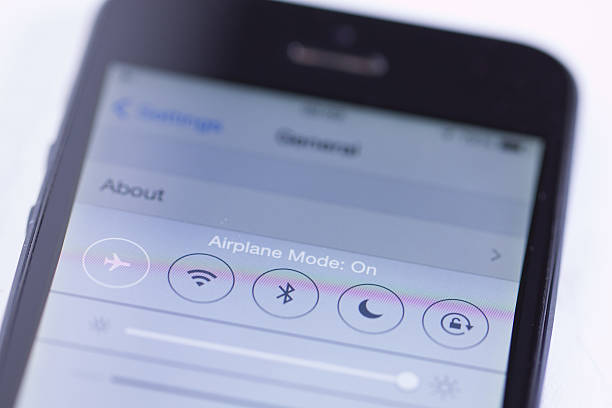
souce: istock
Importance of Flight Mode
The main reason to use flight mode is to stop your phone from interfering with the aeroplane's navigation and communication systems. Even small electronic signals can cause disruptions, especially during takeoff and landing.
Safety and Compliance
Using flight mode helps comply with aviation safety regulations. It ensures that the airplane's equipment runs without any problems, making the flight safer for everyone.
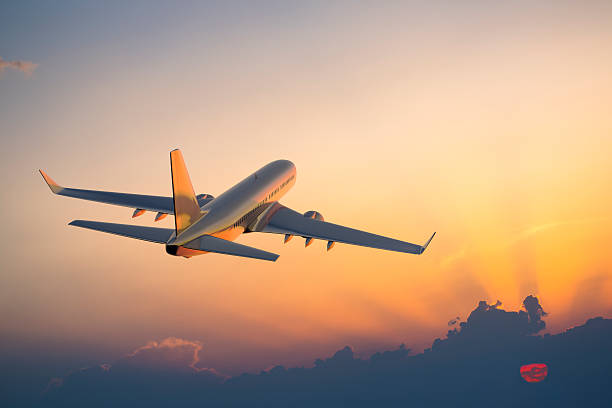
source: istock
Reducing Radio Emissions
Phones emit radio frequencies that could potentially disturb the aircraft's equipment. By switching to flight mode, these emissions are minimized, reducing the risk of interference.
Extending the phone's battery
Flight mode turns off battery-draining services like cellular and Wi-Fi. This means your phone will last longer during the flight, letting you use it more once you land.
Supporting a Smooth Flight
Following the airline's flight mode policy shows respect for the crew's instructions and helps maintain a peaceful travel environment. Ignoring these rules can disrupt the flight and pose safety risks.

